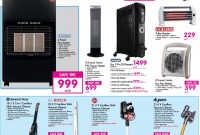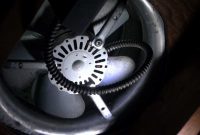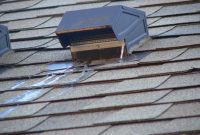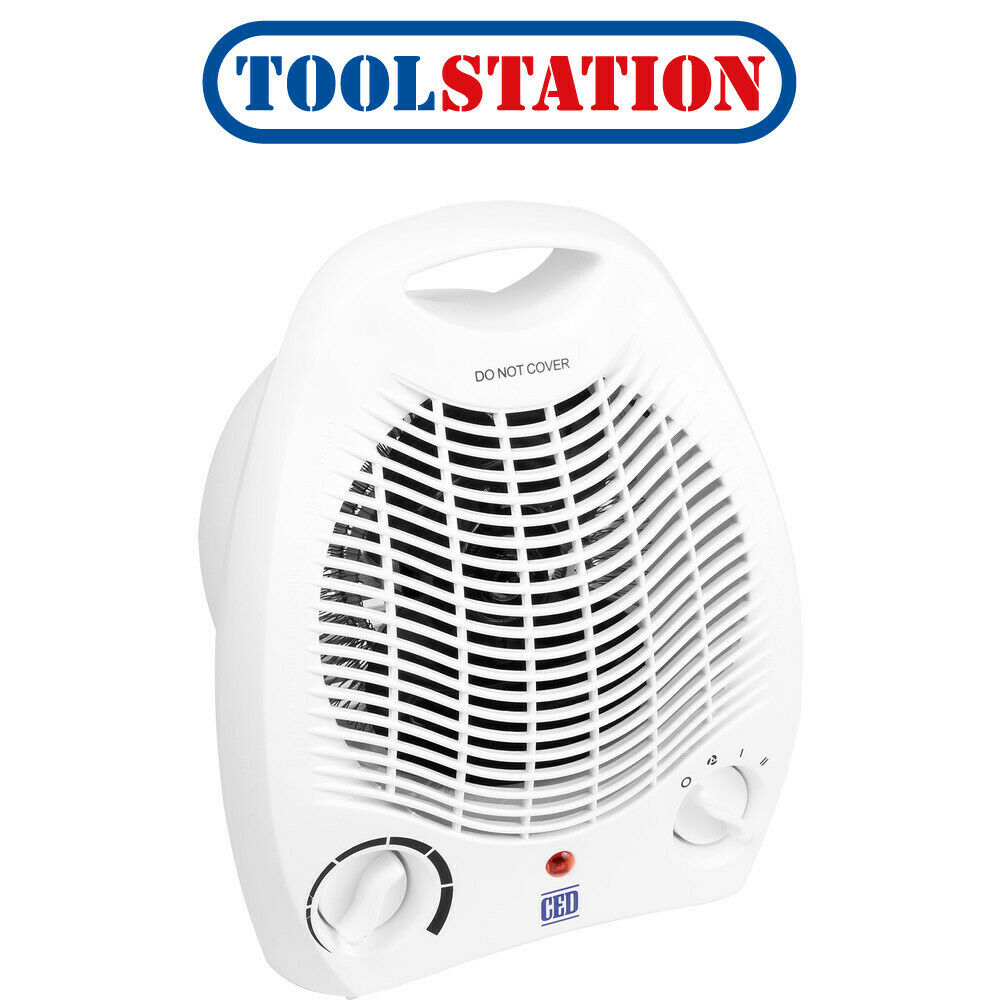 2kw Electric Upright Fan Heater 230v within size 1000 X 1000
2kw Electric Upright Fan Heater 230v within size 1000 X 1000Portable Fan Heater Toolstation – Most of today’s fresh homes are highly insulated and nearly air tight. Even though this is great in terms of cost-effective energy bills go, the problem to tightly insulated homes is poor indoor quality of air. As microsoft windows and entrances are usually kept shut during the day, moisture, and stale oxygen that may carry contaminants and pathogens circulates inside homes and provide rise to varied challenges including mold spores, health issues, damaged furniture, peeling paint and so forth This is why it can be important that you’re taking each step to enhance the caliber of the indoor air, which could be achieved through mechanical air flow. An excellent way to ventilate your own home extensively, efficiently, and quickly and cheaply is to setup exhaust admirers in your own home. This article talks about what exhaust fans happen to be, their different kinds, the way to choose the most effective one for your own home, along with the great things about exhaust air flow fans. What Are Exhaust Followers? An exhaust fan can be a mechanical ventilation system that can help to attract out stale and impure air from your own home and convey in outdoors, thus improving the caliber of indoor oxygen. Exhaust fans are usually ducted towards the exteriors of your respective residence, in which bad indoor oxygen can effectively be taken from any room.
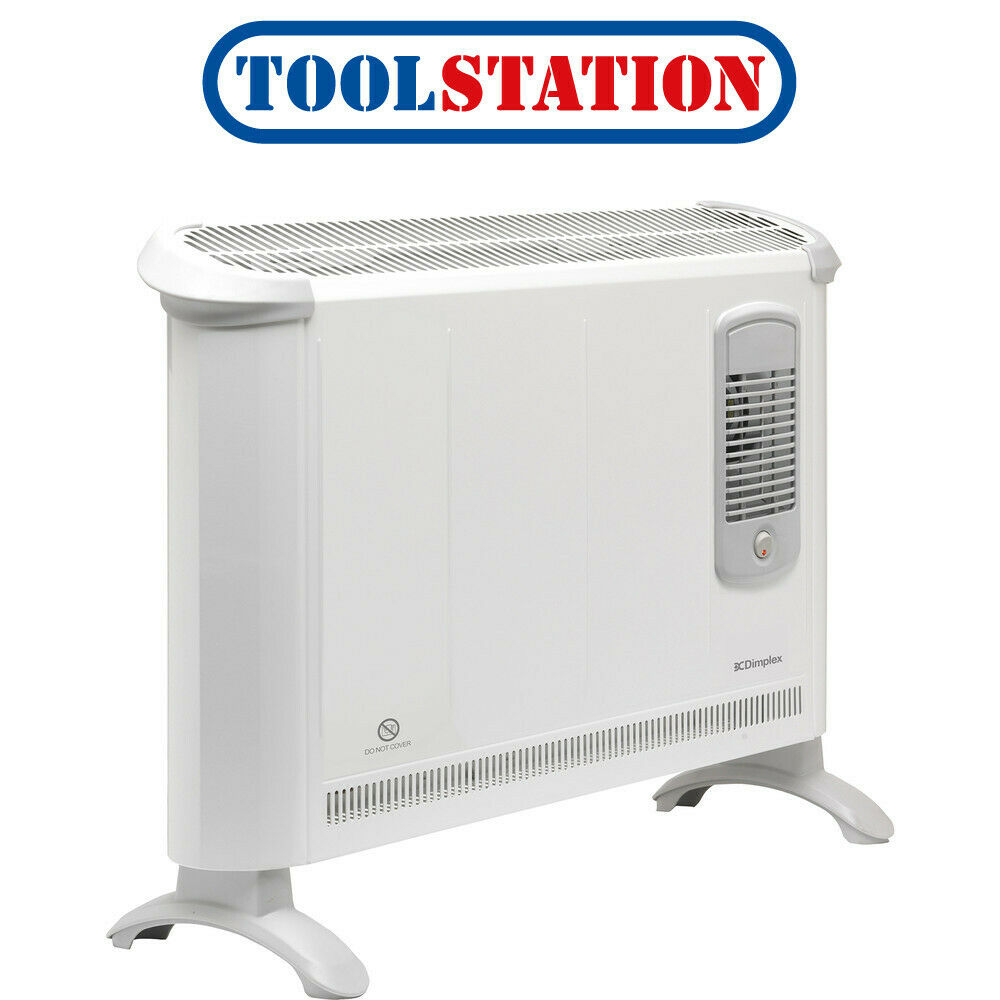 Dimplex Convector Heater With Turbo Boost 2kw intended for proportions 1000 X 1000
Dimplex Convector Heater With Turbo Boost 2kw intended for proportions 1000 X 1000Types Of Wear out Fans? Exhaust fans happen to be classified into a variety, predominantly depending around the form of position along with the location in which you want to setup the fans. The differing types are: Hall Mounted Wear out Fans: As the brand suggests, upper limit exhaust enthusiasts are the ones which can be installed within the ceiling. Such fans exude stale air from your own home upwards over the top. The supporter is attached to ducting, that’s exhausted beyond your home by using an external vent, as being a rooftop cap or perhaps soffit tire out vent. Inline Exhaust Followers: Unlike upper limit exhaust admirers which can be set up directly to the ceiling, inline exhaust followers are normally mounted in-between ducting, hence the name inline fan. For example, should you planned to ventilate a place that was lacking expulsion or perhaps space to get a threshold mount enthusiast, you’d utilize inline tire out fans to ventilate many of these areas. The exhaust enthusiast can be used in relating to the air ducting along with the stale air could cross the ducts and ultimately be expelled coming from your own home. Since inline admirers aren’t mounted directly towards the ceiling, these are very calm. When installing an inline enthusiast, to cut back noise, we advise utilizing an insulated flex duct which is a minimum of eight ft long through the intake dock around the ceiling towards the in-line fan. Inline exhaust enthusiasts are fantastic for exhausting areas or perhaps rooms in which you cannot, or perhaps usually do not wish to setup the exhaust fan directly. Seeing that these forms of exhaust supporters are mounted in distant areas, these are also termed as remote mounted exhaust admirers. Inline exhaust fans may either be single-port (exhausting coming from an individual area) or multi-port (exhausting from multiple areas). Wall Mounted Exhaust Followers: These exhaust fans happen to be placed on walls. Since these are placed on exterior walls in the home rather than on in house walls, the stale oxygen features a direct route towards the outside of your respective home and so no duct jobs are needed in installing these wear out fans. Combination Exhaust Followers: Exhaust fans can also be found because collaboration units. You have the collection of a lover -light collaboration the location where the exhaust fan supplies illumination at the same time, or heat-fan-light combination wherein you will get a heater, light and ventilating fan all in a very one device. Exterior Remote Installed Exhaust Fans: While most different exhaust fans are installed inside your own home and push old air out, exterior distant mounted fans are installed outside the house your own home and take out old indoor air as an alternative to pressuring against each other. The main benefit of these wear out fans is always that irrespective of nevertheless noisy these are, most in the noise remains outside your own home. Kitchen Range Exhaust Followers: These fans are attached inside range hood above your kitchen area stove. Such admirers not just assistance to rid your kitchen area of stale air yet also assistance to expel poor odors minimizing moisture amounts inside your kitchen area.
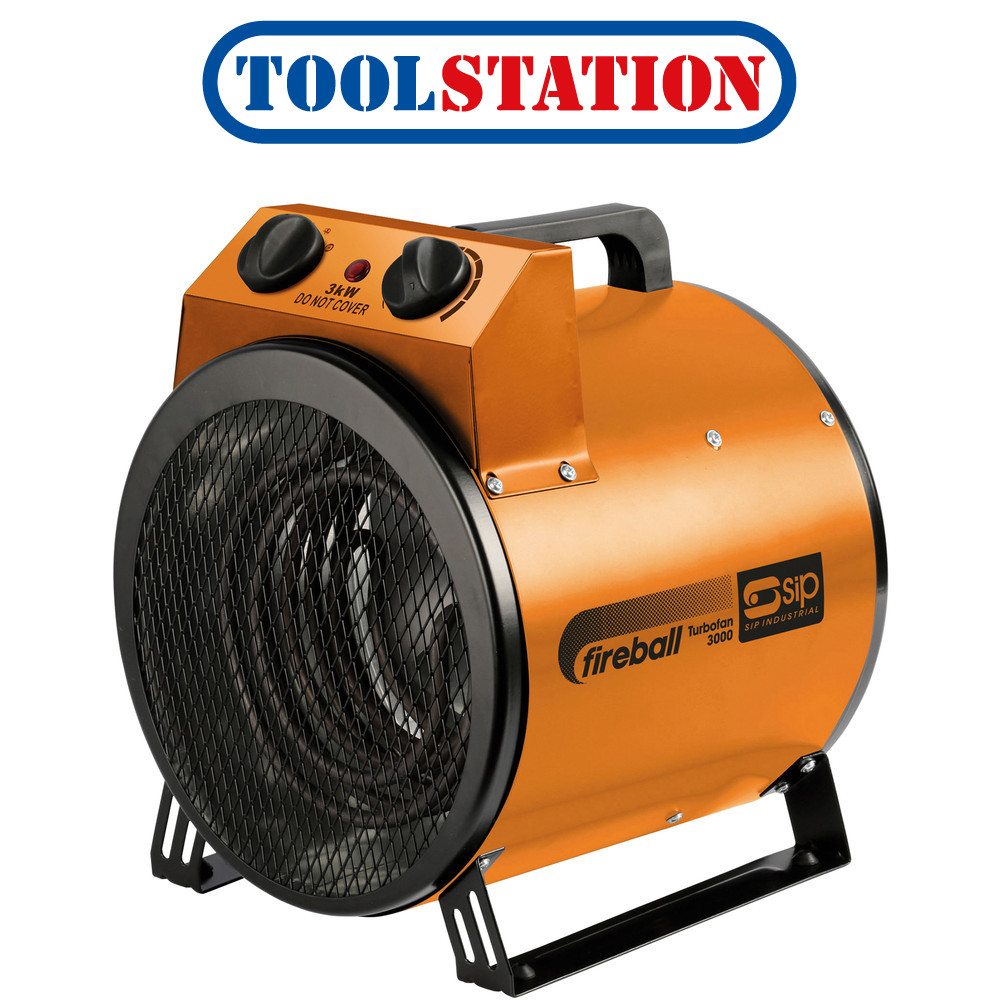 Sip Fireball 230v Turbo Fan Electric Heater 3kw inside sizing 1000 X 1000
Sip Fireball 230v Turbo Fan Electric Heater 3kw inside sizing 1000 X 1000These a lot of forms of exhaust fans could be employed for complete ventilation of your respective home which include intermittent regional ventilation for baths, the kitchen, dryer rooms; continuous whole home ventilation through your own home, as well as for exhausting hard-to-air spaces for example crawl spaces, attics, and basements. Benefits Of Exhaust Followers: Exhaust fans are amazing by ventilating your own home and also other apartments. Without proper ventilation, the environment inside your own home will get stuffed with unsafe contaminants and disease leading to pathogens. Pollutants for example insect poison, harmful gases, smoke, dog or cat dander, lead, asbestos, dustmites, paint fumes, grease and so forth get released into in house air on account of activities for example cooking, smoking, burning petrol, bathing, renovating etc . Also to these pollutants, activities for example bathing, cooking, and cleansing also release excess wetness within the air making in house air really humid. In cases where not ventilated adequately, these types of added pollutants and raised moisture levels can reduce the caliber of indoor air considerably, thereby leading to varied challenges for example: Health and wellbeing problems which include asthma, allergies, nose bleeds, skin rashes, headaches, vomiting, and also other breathing disorders. Actually according towards the Environmental Safeguard Firm, a large percentage in the over 20 million annual breathing difficulties cases within the US together could be due to bad in house air quality. Split, warped and rotted household furniture on account of unnecessary humidity. Cracked and damaged paint around the walls.
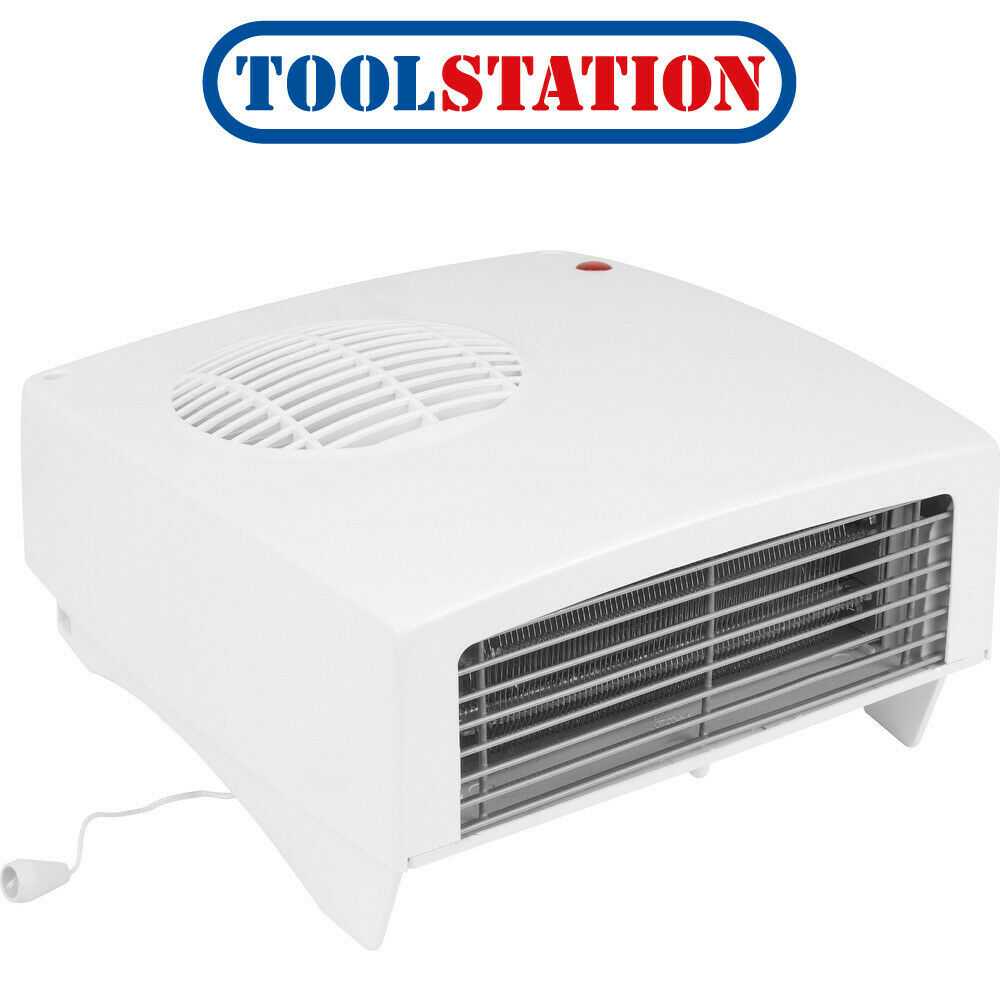 Eterna Dfh2kw 1kw 2kw Downflow Heater With Thermostat in measurements 1000 X 1000
Eterna Dfh2kw 1kw 2kw Downflow Heater With Thermostat in measurements 1000 X 1000Development of fungus, mold spores, and mildew, which experts claim bring about severe health issues. Thus, through the use of exhaust fans to air out your own home successfully and entirely, thereby improving indoor quality of air, it is possible to rid yourself and your own home coming from all these complaints. Suggested Sizing Of Exhaust Followers: To ventilate your own home efficiently, it can be important the tire out fan you select will be able to wear out the intended space entirely. To ensure this, you need to choose the right sized fan for your requirements. Here’s a examine the way to size exhaust fans correctly. Area in the Exhaust Fan and Air Changes Per Hour: To aim to setup the tire out fan will have a very immediate relating its size. In accordance with the Home Ventilating Institute (HVI), different locations in your own home require varying Air Improvements Per Hour (ACH) in order being ventilated properly. Here are the ACH requirements recommended simply by HVI. 8 ACH designed for bathrooms, 15 ACH designed for kitchens, 6 ACH designed for rooms apart from bath and kitchen, ACH refers towards the amount of times the environment must be completely changed in the hour. Thus, an 8 VERY SINGLE recommendation for bathrooms means the exhaust fan must have the ability to fully change the environment within the bathroom 8 circumstances in a single hour. All wear out fans are rated in CFM, which identifies Cuft per Minute. To determine how big a great exhaust fan you may need ( to put it differently, CFM rating in the fan) this is what you have to do.
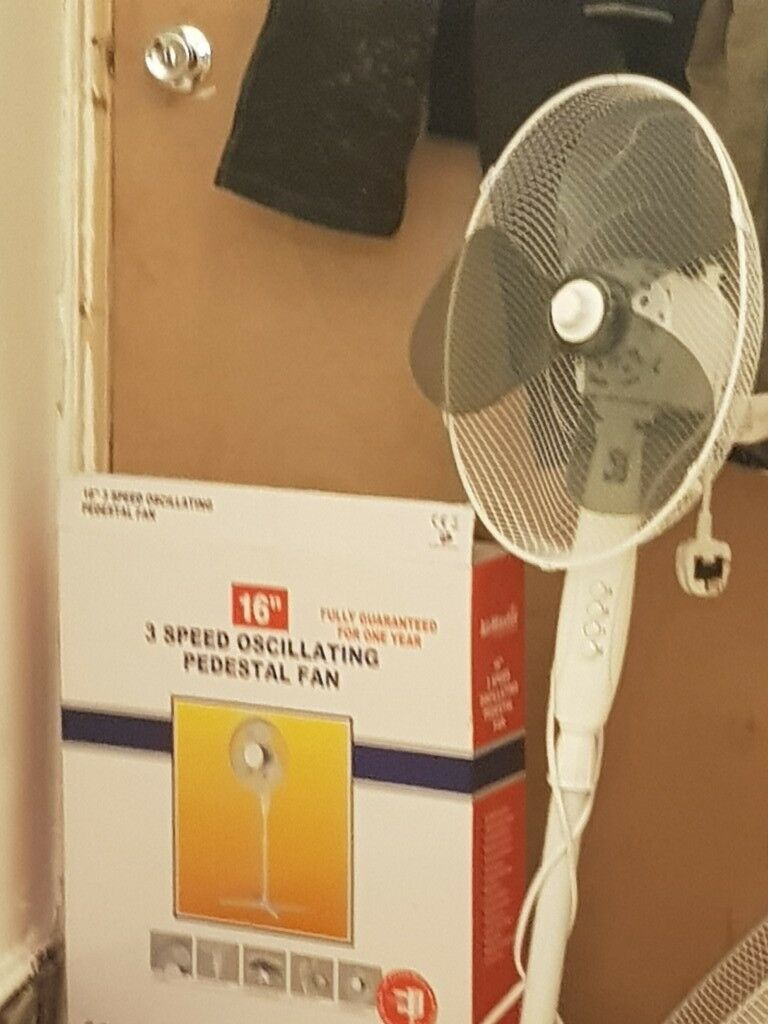 Free Broken Fan In Reading Berkshire Gumtree pertaining to sizing 768 X 1024
Free Broken Fan In Reading Berkshire Gumtree pertaining to sizing 768 X 1024Sizing Bathroom Wear out Fans: First and foremost, appraise the measurement (length, width, and height) in the room and after that analyze the number of air within the room by multiplying every one of these 3 numbers. For instance, in case your bathroom has proportions of six x 10 x main, then the environment volume within the bathroom is 480 cuft. Thus, the exhaust enthusiast has to ventilate 480 cu ft of air so that you can obtain 1 ACH. Nonetheless since the recommended ACH designed for bathrooms is 8, the fan will effectively have to ventilate 480 x main cubic feet, which equals 3840 cubic feet in a single hour. Enthusiast ratings are for each minute, therefore by dividing 3840 simply by 60, it is possible to reach the preferred CFM rating for that enthusiast which in such cases is 64. An easier strategy for determining the CFM rating for bathroom exhaust lovers is usually to simply multiply the space in the bath room simply by its width. For every one particular sq . feet. of ground area, you may need 1 CFM. Thus, within the above model, area can be 6 maraud 10 = 60, therefore recommended fan size can be 60 CFM. When sizes an exhaust fan that will not open directly towards the outside yet is ducted, it can be significant to make sure that the exhaust fan has got the capacity to move stale air during the entire duct and ultimately towards the outside. Here, we first of all have to understand what static pressure and equivalent duct period is. Static Pressure: Inside just about every duct, there is often a frequent pressure being exerted at any time from all directions. When a great tire out fan moves air from the duct, the environment counters level of resistance out of this pressure that’s referred to as static pressure. Thus, a great exhaust fan should have to be able to overcome the static pressure in the duct to be able to efficiently duct stale air towards the outside of your respective home. This kind of could be done by calculating the same duct duration of any duct. Calculating Equivalent Duct Duration (EDL): Simply measuring the duration of a duct is just not plenty of to learn the amount static pressure a great exhaust fan needs to get over. Ducts could possibly have a number of elbows, turns, or wall membrane caps which add towards the static pressure in the duct. Thus, you need to calculate the same duct run rather than the particular duct run to be able to size a great exhaust fan correctly.
